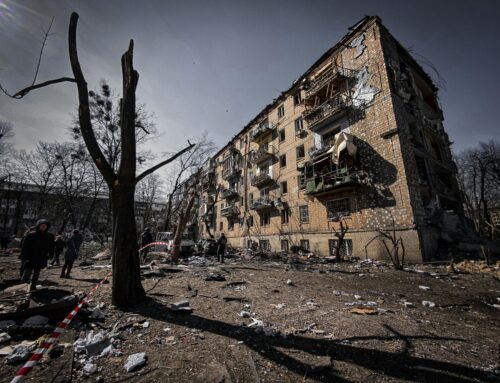Statewide View: Clean-energy jobs show Minnesota leading through uncertainty
November 5, 2025
Minnesota’s clean-energy industry has set a new record. According to the recently released
2025 Clean Jobs Midwest-Minnesota report
, nearly 64,000 Minnesotans now work in fields such as energy efficiency, wind and solar development, electric vehicles, and grid modernization. These are family-supporting jobs that exist in every part of the state, from Duluth and elsewhere in Greater Minnesota to the Twin Cities — and they continue to grow twice as fast as the overall economy.
This success is not an accident. It is the direct result of consistent, forward-looking energy policy at the state level. By setting a clear path to 100% carbon-free electricity by 2040, Minnesota has created the market confidence that businesses and workers need to invest and grow.
That stability is more important than ever. At the federal level, the One Big Beautiful Bill Act passed earlier this year abruptly ends tax incentives for energy efficiency, electric vehicles, and wind and solar technologies. When the clean-electricity investment and production tax credits were signed into law in 2022 as part of the Inflation Reduction Act, they were designed to support an all-of-the-above approach to electricity generation as well as storage technologies, as long as they produced electricity with no emissions. They also provided market participants with a decade of certainty regarding the phaseout of the tax credits, which was scheduled to begin in 2032.
However, the act specifically targeted only clean-energy technologies for rapid phaseout, with electric vehicle tax credits already ended and accelerated expiration timelines for other clean technologies, hampering American energy innovation and increasing energy costs for consumers. This kind of policy whiplash makes it extremely difficult for companies to plan and invest in hiring new workers, as well as developing capital and time-intensive projects that benefit our local communities and ensure a low-cost, flexible, and resilient energy system.
In the midst of all the uncertainty caused by federal-policy instability, Minnesota’s commitment to a steady clean-energy transition has and will continue to be critical in helping shield our state from volatility. By investing in low-cost and reliable energy efficiency, renewable energy, storage, and a portfolio of other clean-energy technologies, we are not only creating local jobs but keeping energy costs affordable for families and businesses.
In fact,
a recent Politico analysis
of federal data found that states investing most heavily in wind and solar have lower electricity costs. The data confirm what Minnesotans are already experiencing: Innovative clean-energy technologies make our energy system more reliable, more resilient, and more affordable over time.
As energy demand is projected to rise dramatically in the years ahead — especially with the growth of artificial intelligence, data centers, and electrification — the role and skills of clean-energy workers will only become more vital. These are the people building the infrastructure that will power our future while growing and strengthening our economy and energy independence.
Minnesota’s record-setting year for clean-energy jobs is proof that when we combine clear policy direction with local innovation and determination, we can lead through uncertainty and come out stronger. Our clean-energy workforce is one that all Minnesotans should be proud of, building new technologies and a more stable and prosperous future for all citizens of our state.
Gregg Mast is executive director of the Minneapolis-based nonprofit
Clean Energy Economy MN
.

Contributed/Gregg Mast
Search
RECENT PRESS RELEASES
Related Post




